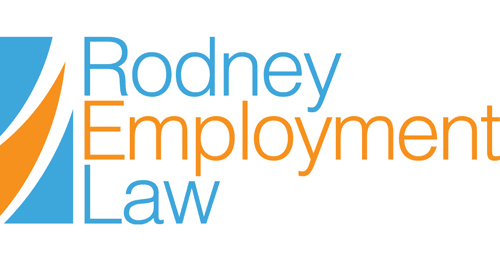In the not so distant past, it was common practice that an employment relationship begin with a simple “spit handshake” – a symbolic gesture showing both parties have nothing in their hands (or up their sleeves), and that a person’s word was their word.
Fast forward to the present day of employment and labour laws, Google, smartphones and the like – and a vastly different scene is unfolding. One where the employer-employee relationship is no longer master and servant by nature. In fact, it is a far cry from those days.
In a matter of a few clicks form a mobile device, employees have a wealth of information at their fingertips in the event that something is amiss in their workplace.
Current workplace laws, standards and bills, have all come into existence to protect employees from harm or mistreatment in the workplace. It seems that every month there is a new precedent-setting case or piece of legislation being announced, which affords employees more and more protection. And rightfully so. But what about protecting your business?
As an employer, it is often a difficult balance between safeguarding your business, maintaining healthy, mutually beneficial employment relationships with your human resources, and exposing yourself to liability for one misstep.
The most common file we encounter in employment law (for both employee clients and employer clients) involves the most valuable thing an employer can have in their arsenal… an employment agreement.
There are many things to consider when drafting a sound employment agreement for a potential hire:
• Is the employee, in fact, an employee? Are they a contractor? An independent contractor? A dependent contractor? Read more here.
• Do they have a probationary period outside of the ESA?
• Are they permitted to work elsewhere during their employment with you?
• Is the business one that might need to protect itself from an employee who could learn all they need to know, quit, and open up shop down the street and take your clients with them?
• What about termination and how to deal with the many ways in which an employment relationship breaks down?
Gone are the days of an offer letter which outlines an employee’s start date, job title, list of duties and remuneration. Now more than ever, courts rely on solid, carefully drafted, well written and properly executed employment agreements when ruling who is responsible for a breakdown in the employment relationship.
The single most important clause being the one most often overlooked at the beginning of an employment relationship – the termination clause.
Just like relationships begin on a happy note and many cannot foresee the day when this person is no longer a good fit for your life, the same is true of employment relationships.
When ending an employment relationship, employers need to consider a myriad of factors including the business’ reputation, the associated costs, and the potential legal fees or monetary damages that could arise from a poorly handled employee termination.
Enter: the employment agreement. The following are key elements that every employment agreement should contain:
1. Valid consideration – the agreement should be signed and dated before the new hire starts working
2. Clear and unambiguous language
3. Termination, Non-Disclosure, and Non-Solicitation clauses
Employers need to keep in mind that even the most professional, legally defensible and enforceable agreement needs to be signed off by the new employee prior to the first day of work. Otherwise, it could all be for naught. It is also important to note that if one word or sentence is missing in a particular clause, an employer may not be able to rely on the clause or the agreement down the road. For employees who fall under the Employment Standards Act (almost all employees in Ontario do) – compliance with the legislation is fundamental and any attempt to contract out of or waive a provision of the ESA will render a termination clause unenforceable. Read more on this here.
Employers, an employment agreement could save you significant cost and liability down the road. If your company does not currently have employment agreements in place or if your employment agreements are outdated and in need of review, we are here to help. Contact us today to learn how a proper employment agreement can help you minimize risk (and significant cost) for your company.
Thank you to Lisa Cavuoti, Legal & HR Assistant for her assistance with the research and writing of this article.
